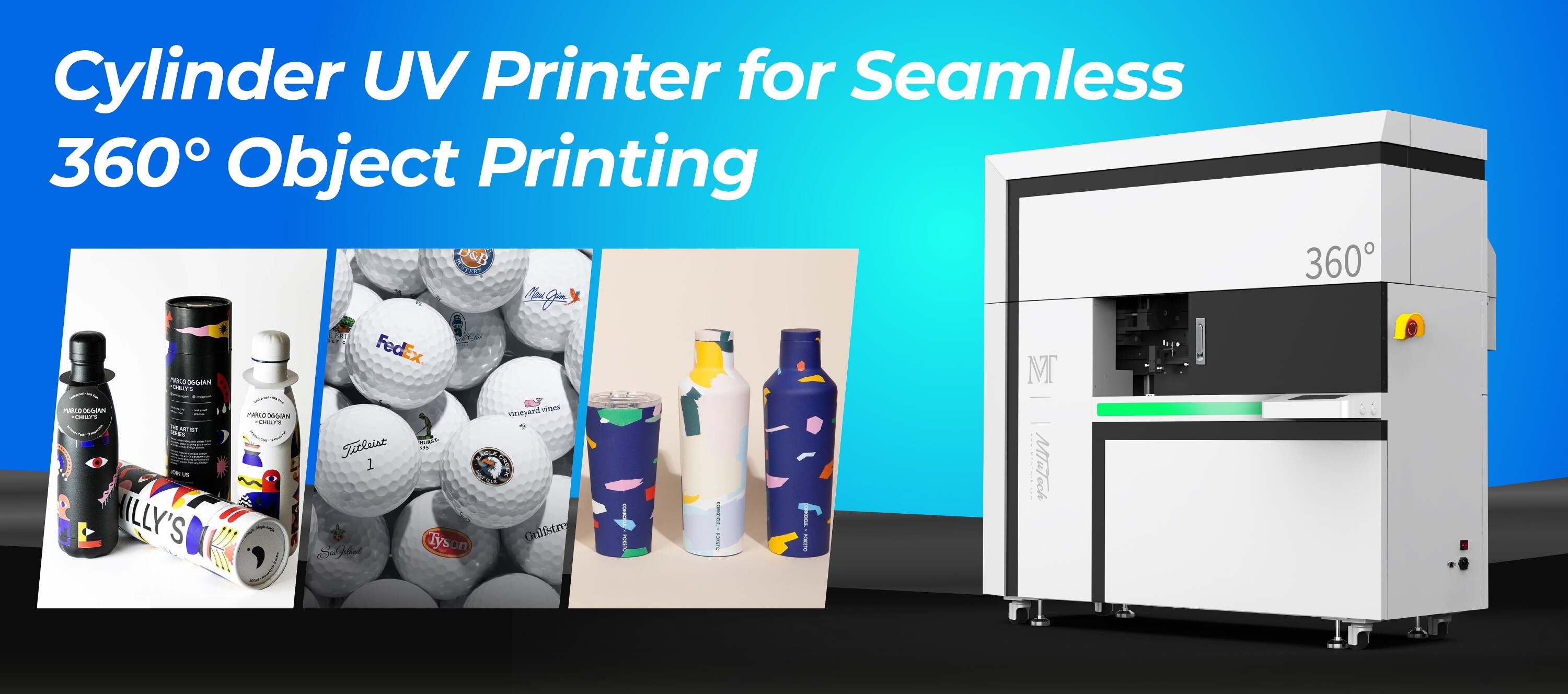The Science of Heat Transfer in Tumbler Printing
Heat transfer is the heart of tumbler printing technology. Whether you're using sublimation, UV DTF, or vinyl transfer methods, understanding how heat affects inks and surfaces is essential for consistent, high-quality prints.
### What Is Heat Transfer?
Heat transfer involves applying temperature and pressure to move ink or film onto a tumbler’s surface. This process ensures that your design bonds well to the substrate and becomes permanent.
### Key Heat Transfer Methods in Tumbler Printing
1. **Sublimation** – Requires high heat (~180–200°C) to turn solid ink into gas.
2. **UV DTF (Direct to Film)** – Uses UV light for curing instead of heat, but heat presses are often used to secure the film.
3. **Vinyl Transfer** – Heat presses bond adhesive-backed vinyl onto a tumbler.
### The Role of Time, Temperature, and Pressure (TTP)
- **Time**: Too long or too short can affect ink absorption or cause ghosting.
- **Temperature**: Needs to match your tumbler material and ink type.
- **Pressure**: Ensures even application. Too much may distort the design; too little leads to poor adhesion.
Fine-tuning your TTP settings is crucial for flawless results.
### Tips for Perfect Heat Transfers
- Preheat the tumbler to remove moisture
- Use a heat-conductive wrap or mug press for even distribution
- Don’t rush cooling—let the tumbler stabilize before handling
Testing and calibration are part of every serious tumbler printer’s workflow.
Want to master the science of UV DTF transfers? [Click here](https://www.mtutech.com/Blogfor360RotaryUVPrinter/Tumbler-Printer-Advanced-Customization-for-Drinkware-761.html) to learn more about precision tumbler printers from MTuTech.

